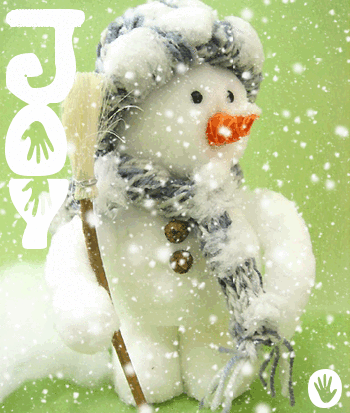
The tradition of using a baby to signify the new year was begun in Greece around 600 BC. It was their tradition at that time to celebrate their god of wine, Dionysus, by parading a baby in a basket, representing the annual rebirth of that god as the spirit of fertility. Early Egyptians also used a baby as a symbol of rebirth.
Although the early Christians denounced the practice as pagan, the popularity of the baby as a symbol of rebirth forced the Church to reevaluate its position. The Church finally allowed its members to celebrate the new year with a baby, which was to symbolize the birth of the baby Jesus.
The use of an image of a baby with a New Years banner as a symbolic representation of the new year was brought to early America by the Germans. They had used the effigy since the fourteenth century.
Times Square Celebrations
The first Ball Lowering celebration atop One Times Square was held on December 31, 1907 and is now a worldwide symbol of the turn of the New Year, seen via satellite by more than one billion people each year. The original New Year's Eve Ball weighed 700 pounds and was 5 feet in diameter. It was made of iron and wood and was decorated with 100 25-watt light bulbs.
How New Year is said around the world
Arabic: Kul 'aam u antum salimoun
Brazilian: Boas Festas e Feliz Ano Novo means "Good Parties and Happy New Year"
Chinese: Chu Shen Tan
Czechoslavakia: Scastny Novy Rok
Dutch: Gullukkig Niuw Jaar
Finnish: Onnellista Uutta Vuotta
French: Bonne Annee
German: Prosit Neujahr
Greek: Eftecheezmaenos o Kaenooryos hronos
Hebrew: L'Shannah Tovah Tikatevu
Hindi: Niya Saa Moobaarak
Irish (Gaelic): Bliain nua fe mhaise dhuit
Italian: Buon Capodanno
Khmer: Sua Sdei tfnam tmei
Laotian: Sabai dee pee mai
Polish: Szczesliwego Nowego Roku
Portuguese: Feliz Ano Novo
Russian: S Novim Godom
Serbo-Croatian: Scecna nova godina
Spanish: Feliz Ano Neuvo
Prospero Ano Nuevo
Turkish: Yeni Yiliniz Kutlu Olsun
Vietnamese: Cung-Chuc Tan-Xuan
 Carrying a Suitcase
Carrying a SuitcaseIn Venezuela, Argentina, Bolivia, and Mexico, those with hopes of traveling in the New Year carry a suitcase around the house at midnight. Some even carry it around the block to ensure traveling at greater distances.
Getting out my suitcase now!!)
It was once believed that the first visitor on New Year's Day would bring either good luck or bad luck the rest of the year.
It was particularly lucky if that visitor happened to be a tall dark-haired man.
My family has always said the first person across the threshold on New Year's Day should be a man. No one mentioned height or hair color.
Traditional New Year foods are also thought to bring luck. Many cultures believe that anything in the shape of a ring is good luck, because it symbolizes "coming full circle," completing a year's cycle.
This is why the Dutch believe that eating donuts on New Year's Day will bring good fortune.Many parts of the U.S. celebrate the new year by eating black-eyed peas (Yum! One of my fave traditions!!).
The beans are typically accompanied by either hog jowls, ham hocks or ham.
Black-eyed peas and other legumes have been considered good luck in many cultures.
The hog, and thus its meat, is considered lucky because it symbolizes prosperity.
Cabbage is another "good luck" vegetable that is consumed on New Year's Day.
Cabbage leaves are also considered a sign of prosperity, being representative of paper currency.
In some regions, rice is a lucky food that is eaten on New Year's Day.
More food trivia:
Eating noodles at midnight is a tradition at Buddhist temples in Japan.
A Pennsylvania Dutch/German new year's tradition is to eat pork and sauerkraut for good luck.
Eating 12 grapes at the stroke of midnight is traditional in Spain.
In the southern United States, eating greens (cabbage, collard, mustard, kale or spinach) is traditional. The greens represent money/prosperity.
Also some southerners believe eating cornbread at new years brings wealth.
In Denmark, boiled cod is a must at a new years celebration.
Hogmanay
The New Year in Scotland is called Hogmanay.
The people in Scotland have a unique ritual.
Barrels of tar are set afire and gradually rolled down the streets in the villages of Scotland.
This ritual symbolizes that the old year is burned up and New Year is going to begin.
Some of my Information was found:
here

